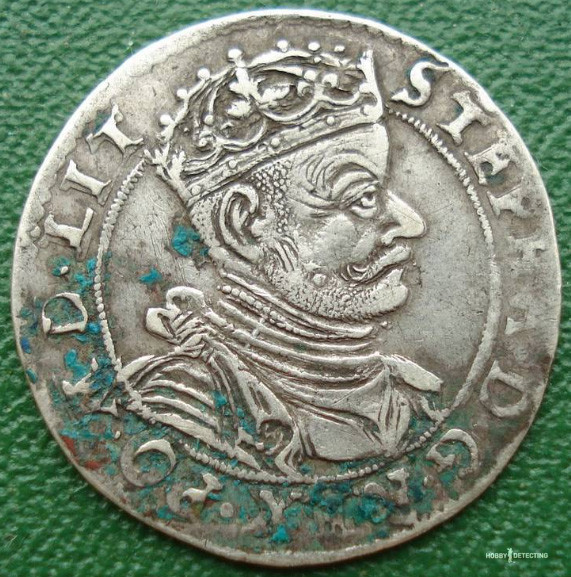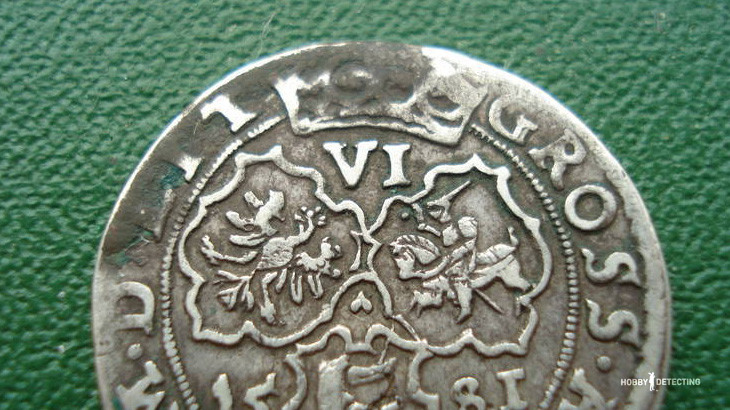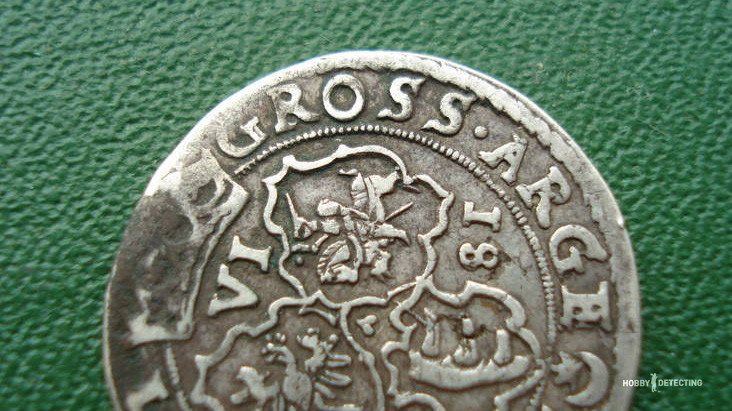Six groschen Bathory (expensive find)
The coins that you often come across are trash, even if they are old. For archaeologists, of course, any coin, especially an ancient one, is important as a carrier of information for subsequent exploration of the site. For coiners and collectors, everything is different; the rarity of the coin and its preservation are important.
The value of truly rare coins can only be determined by the demand for it at auction. There are no fools here, they vote in rubles or any other currency. Accordingly, the less often the opportunity to purchase a coin presents itself, the more expensive it is! In addition, the elementary history of the item, the quality of the work, the companion, a beautiful legend or even a tribute to fashion, etc. can come into play. and so on.
Here, for example, is six groschen or the so-called “shelstak” of 1581. I’m not in the same league as the seller, and I doubt that many of our readers are ready to pay that amount for a coin (it’s better to buy ZoZo 😉), but its price a week before the end of the auction is more than 3000 bucks! It turned out to be a good output from the cop, or there will be more. The hottest battle at an auction usually occurs towards the end of the auction 😉






A short historical excursion. Stefan Batory was a Polish king and Grand Duke of Lithuania from 1576 until his death in 1586. During the short 10 years of his reign, he managed to achieve a number of significant victories in the Livonian War, besiege, but not take Pskov, making peace with Ivan the Terrible. The name Bathory is most often associated with these events.
On the reverse of the coin, in addition to the familiar coats of arms of Poland (eagle) and Lithuania (pursuit), there is a third one. These are three right wedges, the family coat of arms of Stefan Batory.
A reel of such rarities for everyone!
Read on about interesting finds…
